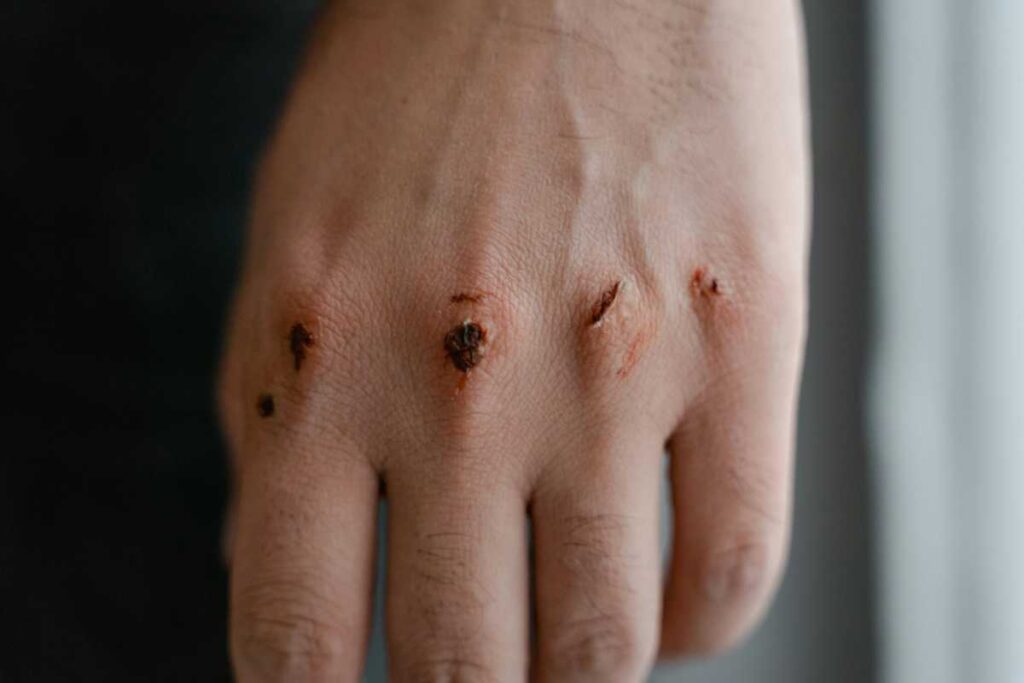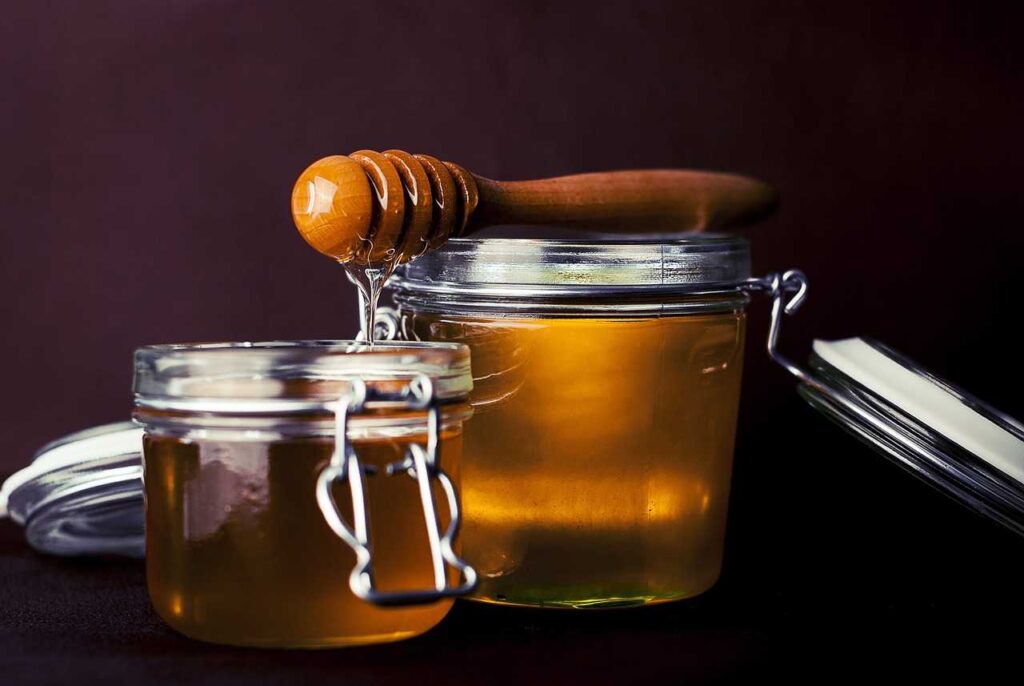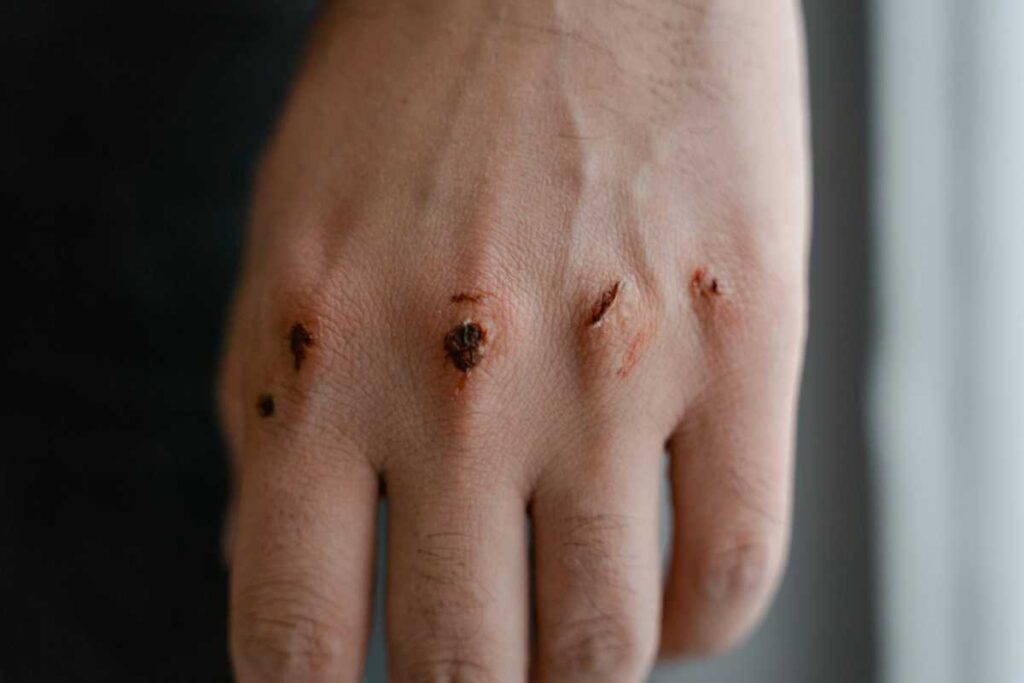Bleeding can occur due to minor cuts, scrapes, or more significant injuries, and knowing how to manage it effectively at home is essential. While severe bleeding requires immediate medical attention, minor bleeding can often be controlled with simple home remedies. This blog explores several natural methods to help stop bleeding and promote healing.

Understanding Bleeding
Bleeding occurs when blood vessels are damaged, allowing blood to escape from the circulatory system. It can be classified as external (visible on the skin) or internal (occurring within the body). External bleeding can range from minor cuts to more serious wounds, while internal bleeding may require professional medical evaluation.
Signs of Excessive Bleeding:
- Blood loss is more than a small cut (e.g., gushing blood).
- Bleeding does not stop after applying pressure for several minutes.
- Signs of shock (rapid heartbeat, pale skin, dizziness).
For severe cases, call for emergency assistance immediately. However, for minor injuries, several home remedies can be effective.
Home Remedies to Stop Bleeding
1. Apply Direct Pressure
One of the first and most effective methods to stop bleeding is applying direct pressure to the wound:
- How to do it: Use a clean cloth, gauze, or bandage and press firmly against the cut. Maintain pressure for at least 5-10 minutes without lifting the cloth to check the bleeding.
- Why it works: Direct pressure helps constrict blood vessels and allows the blood to clot, reducing blood flow to the area.
2. Elevate the Affected Area
If possible, elevate the injured area above the level of the heart:
- How to do it: If the injury is on an arm or leg, prop it up with pillows or cushions.
- Why it works: Elevation helps reduce blood flow to the area, which can minimize bleeding.
3. Use Cold Compress
A cold compress can help constrict blood vessels and reduce blood flow to the injured area:
- How to do it: Wrap ice or a cold pack in a cloth and apply it to the wound for 10-15 minutes.
- Why it works: Cold temperatures help reduce swelling and slow down the bleeding process by constricting blood vessels.
4. Honey

Honey has natural antibacterial properties and can promote wound healing:
- How to use it: After cleaning the wound, apply a thin layer of honey directly to the cut and cover it with a sterile bandage. Change the dressing daily or as needed.
- Why it works: Honey helps keep the wound moist and provides a protective barrier against infections while promoting healing.
5. Aloe Vera
Aloe vera is known for its soothing and healing properties, making it effective for minor cuts and burns:
- How to use it: Apply fresh aloe vera gel directly to the wound and cover it with a bandage. You can reapply it several times a day.
- Why it works: Aloe vera promotes healing, reduces inflammation, and has antiseptic properties, helping to prevent infection.
6. Turmeric
Turmeric contains curcumin, which has anti-inflammatory and antiseptic properties that can help stop bleeding and promote healing:
- How to use it: Make a paste by mixing turmeric powder with water and apply it to the bleeding area. Alternatively, you can sprinkle turmeric powder directly onto the wound.
- Why it works: Turmeric helps to stop bleeding by enhancing clot formation while also preventing infections.
7. Black Tea
The tannins in black tea can help constrict blood vessels and reduce bleeding:
- How to use it: Brew a strong cup of black tea, let it cool, and soak a clean cloth or gauze in the tea. Apply it to the wound for 10-15 minutes.
- Why it works: Tannins promote blood clotting, which can help stop bleeding effectively.
8. Cayenne Pepper
Cayenne pepper is known for its ability to promote blood clotting:
- How to use it: For minor cuts, mix cayenne pepper powder with water to create a paste and apply it to the wound. For severe bleeding, you can sprinkle dry cayenne pepper directly onto the bleeding area.
- Why it works: Cayenne pepper helps constrict blood vessels and promote clotting, stopping bleeding.
9. Vitamin K-Rich Foods
Vitamin K plays a crucial role in the body’s blood clotting process. Including vitamin K-rich foods in your diet can support overall health and help with bleeding issues:
- Foods to include: Spinach, kale, broccoli, Brussels sprouts, and other leafy greens.
- How it works: Vitamin K helps synthesize clotting factors in the liver, promoting effective blood clotting.
10. Witch Hazel
Witch hazel is a natural astringent that can help stop bleeding and soothe minor skin irritations:
- How to use it: Apply witch hazel extract to a cotton ball and dab it onto the bleeding area.
- Why it works: Witch hazel constricts blood vessels and reduces inflammation, making it effective for minor cuts and scrapes.
When to Seek Medical Attention
While home remedies can be effective for minor bleeding, it’s important to recognize when to seek medical help:
- If bleeding persists after 10 minutes of applying pressure.
- If the wound is deep or large, exposing underlying tissues or muscles.
- If there are signs of infection, such as increased redness, swelling, warmth, or pus.
- If the injury is the result of a serious incident, such as a fall or car accident.
Conclusion
Managing minor bleeding effectively at home can often be accomplished with simple remedies and first-aid techniques. By applying direct pressure, elevating the area, and using natural remedies like honey, turmeric, and aloe vera, you can help stop bleeding and promote healing. However, always exercise caution and seek professional medical advice for more severe injuries. Knowing how to care for minor wounds can empower you to respond effectively and confidently in emergencies.

